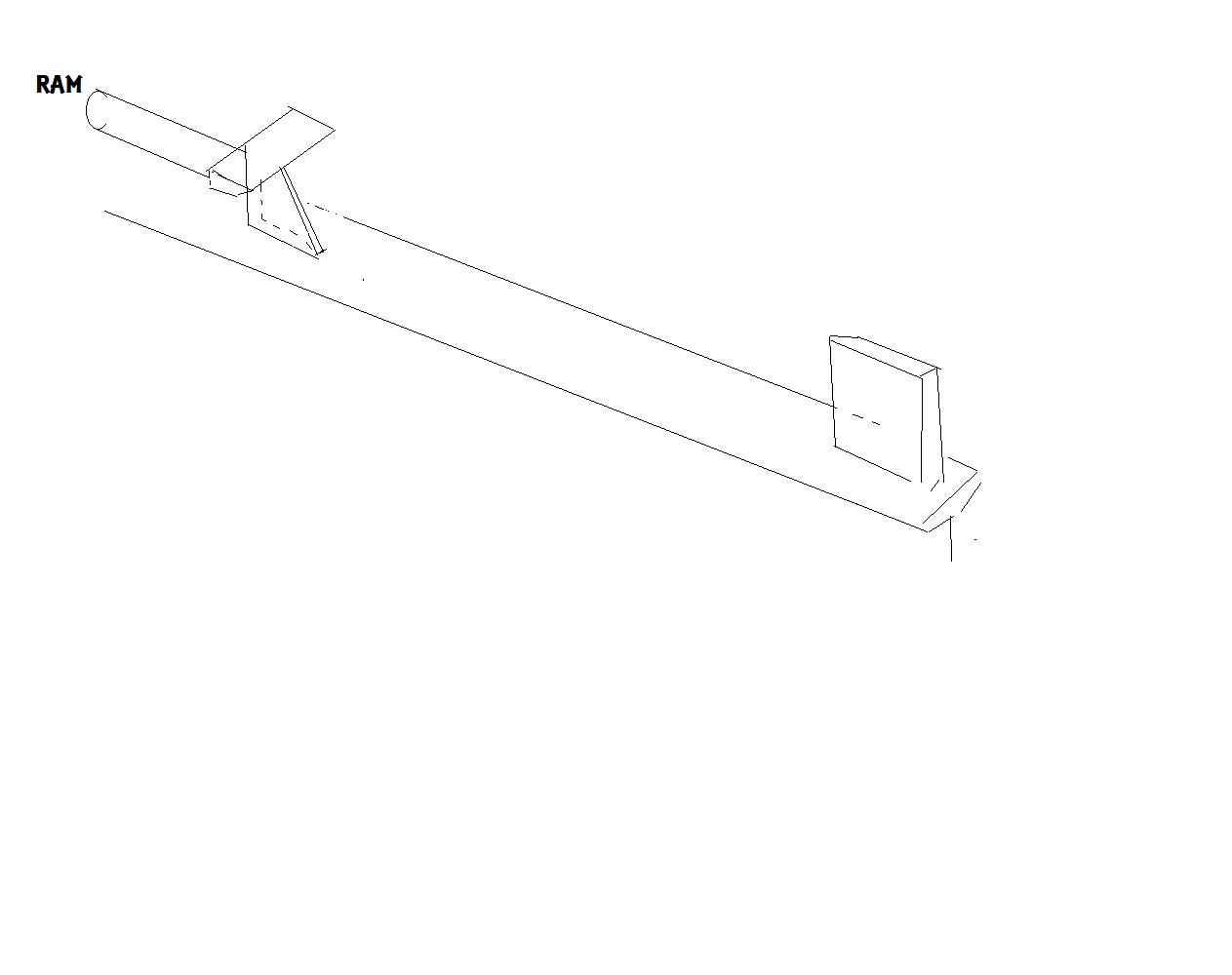Hi Gary Gilmore i seen the martin site, are them pinions mild steel,or what is the steel type recomended too build one, and how can i see how the engaugement systom is set up too work, or i mean how too exact a build of any or all of the design.THANKS.
Hi Kevin, This is the youtube video that gave me the courage to go ahead and make a kinetic splitter, It is a good video that has a lot of detail,
PS. The rack and pinion are not hardened.
Gary in PA
Thanks Gary that helps a lot, i cant see what the rack is bolted too.or conected too while moveing or is it just bearing bolted too the h beam by itself. Is the pinion gear large diameter , i gess the pinion gear is on bottom side of the rack. Thanks. PS i am seeing most of the build design now though i caint see the pinion gear. Is this unit equal too the 20 ton models out there about.? Or it is probley more heavy duty then most Ebay splitters.
Hey Gary,
I’d never heard of this style of woodsplitter before, but man, that is FAST!
Excellent work fabricating your own! That’s a nice machine. 
Hi there i am new here. Gary i love your splitter. Also with other things all you build here.
I was thinking there should be everything you need in a old JD or New Holland square baler to build one.
Since i have lung disease, i’ll continue buying what little firewood we need. Regardless i love the ingenuity of your build.
OK, I’m going to ask the silly question, why only one ‘splitter edge’? I’ve only used the hand tool 6# maul.
Is it reasonable to build a kinetic splitter with splitting edges one on each end, one stationary, one active? Round wood cutoffs mostly like to split along the wood grain, or perpendicular to it, and I was thinking maybe the pinion load required to split, would be reduced nearly by half if splitting from each end. I’m guessing when the hard knots hang on the active, or the stationary splitting edge, the alternate splitting edge will attempt to push on thru anyway from it’s directon, the kinetic energy at full force would be used when either of the splitting edges are hung in the wood. (oops! my pix doesn’t show the active end of the ram or rack being well connected as in reality, it must be connected to the beam, to prevent bucking, rack misalignment, etc.)
oliver
You need the flat end on a splitter to actual push the wood otherwise it will kick out on you. If you don’t saw to straight it can be hard enough to keep it straight and not kicking out anyway. One of the advantages of a narrower wedge is they bite better into wood that isn’t cut square.
how did you know I don’t saw straight!!! miss my length measurement too sometimes. hahaha
oliver
Would it be better to add sharp ridges or points (like 1/8) to the block end to help hold the wood? I have never seen anyone do it. So there is probably a reason why it isn’t done. maybe safety if someone gets a finger stuck in there.
I think it would make the wood tend to stick and be hard to get off. If you get one if the wedges that is about an inch thick at the thickest they more cut then split. You usually have to go full stroke on the splitter but they tend to bite not kick. The wide wedges tend to want to push the wood and kick it out. I have used both and really like the narrow wedge better.

